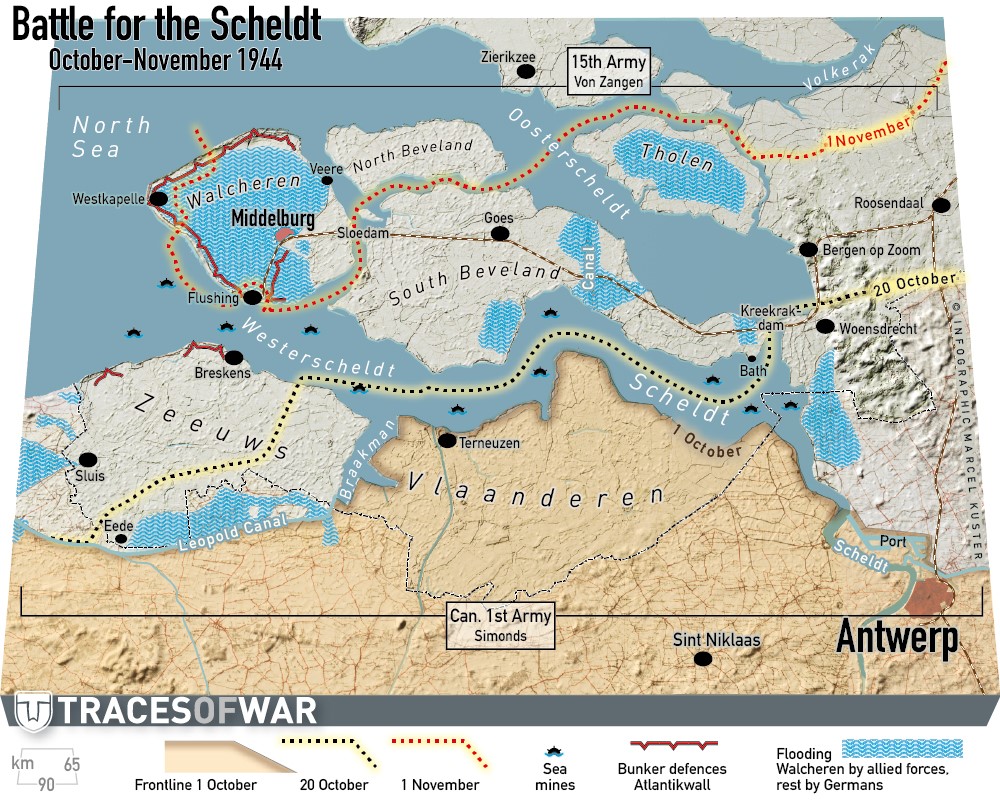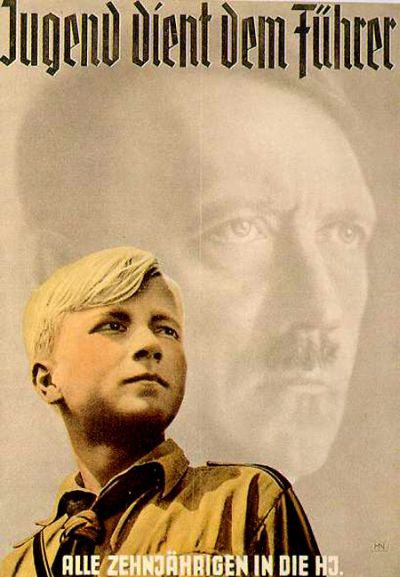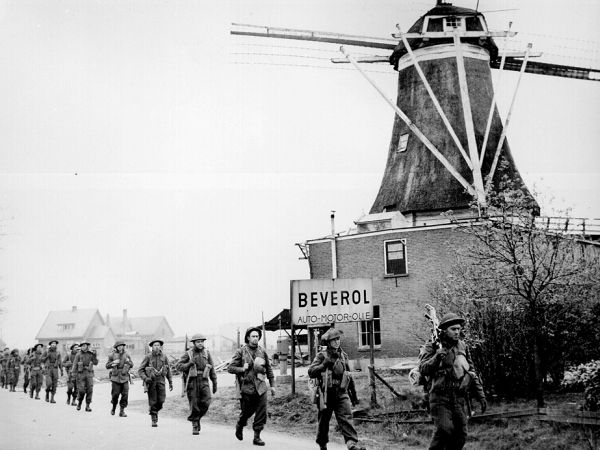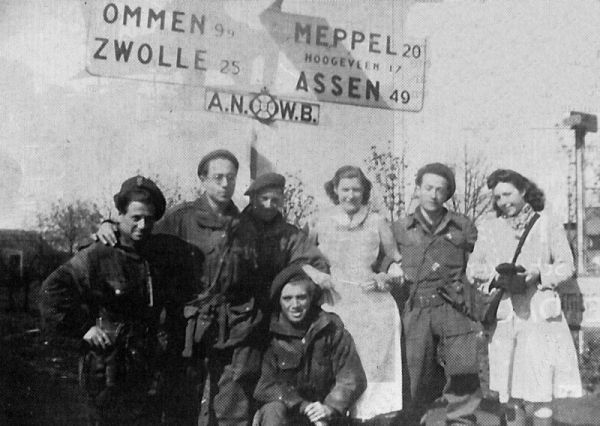Memorial Captain Timmermans German War Cemetery Ysselsteyn
At the War Cemetery in Ysselsteyn a monument has been placed for him as a tribute to Captain Timmermans. Text on the monument:
In memoriam
Lodewijk Johannes
Timmermans
Captain b.d.
* 4.4.1916 † 28.2.1995
Close to the central memorial place there is a memorial stone for Captain Timmermans.
Captain Timmermans had fought against the German occupants during World War II. After the German occupation in 1940 he entered a Dutch resistance group. In 1945 he was part of a mine search service. He stepped, however, on a wood mine. As parts of the mine exploded in his face he was temporarily blind. Thus, he was taken to a Canadian military hospital in which also other Dutchmen, Belgians, Canadians, Americans and even Germans were treated and cared for. Next to him, a slightly wounded young German soldier from Lake Constance was treated. When this young soldier recovered he stayed in order to care for Captain Timmermans. A dialogue between both of them unavoidably took place. Step by step both of them realized that the prejudices they had against each other were flawed. Captain Timmermans realized that often - especially young German soldiers - were forced to go to war rather than volunteering for military service. Despite some investigations it was impossible to trace back the whereabouts of the young German soldier after the war had ended.
In 1948 - three years after the war - Captain Timmermans got the opportunity to temporarily take on an administrative position in Ysselsteyn. In the end, he has remained in Ysselsteyn for 28 years... As administrator of the cemetery he placed war graves, cared for them, identified killed soldiers, guided visiting groups and informed relatives. He was also one of the founding members of the youth work. In cooperation with a Bavarian priest and the priest of Ysselsteyn he organized the first youth meetings close to the cemetery - at that time in the form of camps.
Through his engaged commitment to the Dutch German reconciliation after the Second World War he was an important unifying figure.
Before he died in 1995 he had a last wish: He wanted his ashes to be spread over the cemetery. He wanted to be with "his boys". This was done in 1995 according to his wish.
Do you have more information about this location? Inform us!
Source
- Text: TracesOfWar
- Photos: Jeroen Koppes (1), Patrick Molders (2)
Nearby
Museum
- Visitor Centre German War Cemetery Ysselsteyn - Ysselsteyn
- Historical Collection of Anti-Aircraft Artillery - Vredepeel
Point of interest
- Ginkgo Tree German War Cemetery Ysselsteyn - Ysselsteyn
- Information Sign Wehrmacht House annex Bommeköj Ysselstein - Ysselstein
- Peelvenen Halte - Deurne
Monument
- Memorial WOl War Cemetery Ysselsteyn - Ysselsteyn
- Vector of Memory: German War Cemetery - Ysselsteyn
- War Memorial 1940-1945 Ysselsteyn - Ysselsteyn
Cemetery
- German War Cemetery Ysselsteyn - Ysselsteyn
- Commonwealth War Cemetery Venray - Venray
- Dutch War Grave R.C. Cemetery Liessel - Liessel
Remembrance Stone
Fortification
- Casemate Peel Raamstelling S K36 - Ysselsteyn
- Casemate Peel Raamstelling S-K37 - Ysselsteyn
- Casemate Peel Raamstelling S-K35 - Ysselsteyn







